The most important thing about electrical installations is understanding wiring and voltage compatibility. This article will explain how to wire a 230V socket outlet as simply as possible. It will do this by discussing everything there is to know about electric receptacles and their various uses. Whether you’re an electrician who needs some technical details or just someone looking for ideas on what they can do at home, we’ve got all bases covered here – so read through carefully! Our aim was simple: to make sure everyone stays safe while getting the job done well, be they professionals or amateurs working on their own homes. So we cover things like necessary tools, step-by-step instructions for installation, safety tips (including troubleshooting), and even a little bit of technicality in a presentation where appropriate – because what’s knowledge without understanding?
What tools and materials are needed to wire a 230v outlet?
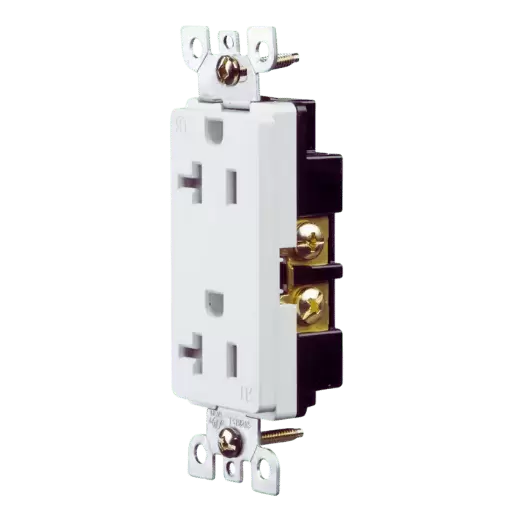
Voltage detector
- Wire cutters/strippers
- Screwdrivers (standard and Phillips)
- Tape measure
- Electrical tape
- Wire connectors
- Electrical box
- 230V outlet receptacle
- 10-gauge electrical wire (or suitable size for the amperage)
- Circuit breaker (double-pole, correct amperage)
- Conduit (if required by local code)
- Safety gloves and goggles
A guide on how to wire a 230v outlet
- Switch off the Power: Switch off the main circuit breaker so as to disconnect the power supply. Use a voltage tester to confirm.
- Prepare the Electrical Box: Fix and level the electrical box at your desired point of installation.
- Run the Wiring: Measure and cut a 10-gauge wire of appropriate length. Run it from the electrical panel to the outlet location using conduit if necessary.
- Connect Wires to Outlet: Strip wire ends then connect hot wires onto brass terminals, neutral wires onto silver terminals, and ground wire onto green terminal in 230V receptacle.
- Install Circuit Breaker: Connect hot wires into the double-pole circuit breaker and insert it into the electrical panel securely.
- Finish Connections: Use wire connectors that are tight enough for all wiring connections, which should be properly taped with electrical tape.
- Mount Outlet: Screw the 230V outlet receptacle into the electrical box, then attach an outlet cover plate over it.
- Restore Power: Turn back on main circuit breaker then switch on new double-pole breaker to restore power. Check if installation is correct by testing with voltage tester at this point.
By following these steps exactly one can have a safe working 230V socket when finished with everything.
Mistakes to avoid while wiring a 230 volt outlet
- Failing to Turn Off the Power: Not switching off the main circuit breaker can lead to electric shock or injury.
- Wrong Wire Gauge: Using an incorrect gauge wire may cause overheating, which is a potential fire hazard.
- Improper Grounding: Failure to ground the outlet properly can result in electrical shocks and damage to equipment.
- Wires That Are Not Tightened Securely: Connecting wires loosely can create arcs, leading to circuit failures and fire risks.
- Hot And Neutral Wires Reversed: Malfunction or electrical hazards can occur when there is a mix-up of wires.
- Conduit Requirements Skipped Over: Failure to use conduit as required by local code could lead to system failure and code violation.
- Incorrect Circuit Breaker Installation: Wrong type fitment or improper installation of the circuit breaker may prevent system function and introduce safety risks.
Electrical Wiring Safety Measures: What are they?
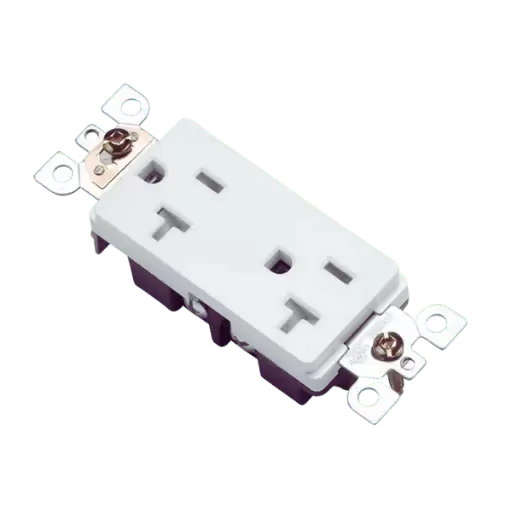
Why is it necessary to test the voltage and amperage?
It should be noted that checking voltage and amperage is important for ensuring compatibility with electrical load so as to prevent circuit overloads, overheating and fire outbreaks. Right measurements also mean that wiring and components meet safety standards thus eliminating risks of equipment failure while enhancing efficiency in operation of electric systems.
How can electrical wires be safely handled during installation?
To guarantee safety during installation, insulated gloves should always be worn together with tools having handles that are insulated too. Working under wet conditions must be avoided, thereby reducing the chances of getting electrocuted. A non-contact voltage tester should be used to ascertain whether or not the power is off before handling wires. In case they need protection from being damaged, wires should be run through conduit. Connections must be firmly secured, besides using appropriate wire nuts or connectors to avoid loose ends, which could lead to short circuits later on. It is also advisable to strictly follow local codes as well as manufacturer instructions so as to minimize hazards.
What are the safety procedures for testing a 230v outlet after it has been installed?
- Turn Off Power Supply: Before starting any tests at all ensure you have switched off the main power supply.
- Inspect for Visible Defects: Look around the outlet plus its immediate vicinity for signs of damage or improper fixing.
- Use a Multimeter: Set your digital multimeter so that it measures AC voltage.
- Test Voltage: For checking voltage, place one probe in a hot slot while another one is in the neutral slot of an outlet where the multimeter will read about 230 volts if everything is okay.
- Test for Continuity: To check continuity between ground slot (on outlet) and known earth source use multimeter thereby verifying proper grounding .
- Recheck Connections: Whenever there’re any detected problems go back twice over connections until all are right then energize again.
- Verify Load Compatibility: Make sure devices connected to this outlet can safely handle 230v supply.
Always follow testing procedures as per manufacturers’ instructions and local safety regulations in order to avoid accidents while getting accurate results.
Which Appliances Need a 230v Outlet?
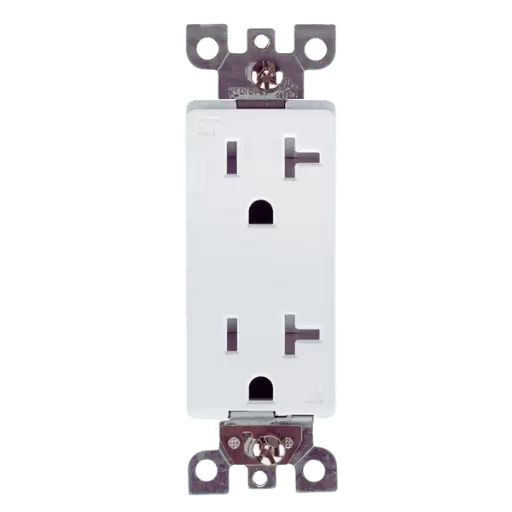
What are the usual house appliances that use 230-volt outlets?
- Electric Stoves: These are large cooking ranges with stovetops and ovens.
- Clothes Dryers: Machines made for drying laundry.
- Air Conditioners: Cooling units for big spaces.
- Water Heaters: Things that heat up the water in our homes.
- Welding Equipment: Heavy-duty tools for fixing or making metal objects.
- Electric Vehicle Chargers: These are stations where cars can charge their batteries at higher voltages.
Why do some appliances need an outlet with a higher voltage?
They need bigger voltages because they have to have them in order to work right. A few gadgets must get more power through an electrical socket than it can provide. The reason behind this is that it allows them operate better at lower currents by eliminating wasted energy due to heat dissipation. High-power devices like electric ranges, clothes dryers or even air conditioners cannot function efficiently without this kind of voltage—they simply consume too much electricity!
Can you convert appliances so they can run on different voltages?
Yes, appliances can be converted by using transformers that either increase or decrease voltage levels (step-up/step-down). However, such modifications should be carried out only by licensed electricians who will also make sure everything complies with safety standards set forth by local authorities. Moreover, there might be other alterations required besides just installing the transformer itself—some machines may not work properly even if all necessary changes were made.
Choosing the Right 230v Outlet for Your Needs
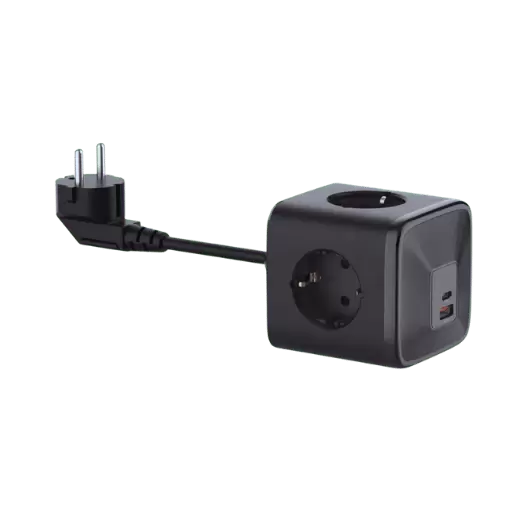
How do we choose the appropriate current and voltage?
In order to choose the appropriate current and voltage, you should look at the indicated power requirements by the manufacturer of your device. Normally, these electrical specifications are found on a tag attached to the device or in its manual. The electrical specifications will state the required voltage as well as current (amperage). It is important that these needs be met by having an outlet that matches them or is higher so that energy for operating the appliance can be supplied safely and efficiently. Additionally, it may help to talk with an electrician who is licensed so they can advise on what needs to be done based on local codes for wiring in your area.
What are some different types of 230v outlets?
There are many kinds of 230-volt plugs available depending upon their purpose and where they will be used because different parts have got various standards when it comes down to electricity usage.
- NEMA 6-15: This kind has a 15 amp rating which makes it good for small appliances.
- NEMA 6-20: A medium duty plug designed for devices which require up to 20 amps.
- NEMA 6-30: This heavy duty socket can handle up to thirty amperes; therefore often found in large air conditioners or dryers etcetera..
- NEMA 6-50: It’s designed specifically for high current applications like welding machines since its rated at fifty amps.
Each type has specific voltage and amperage requirements that must be followed strictly for safety reasons along with efficiency concerns; always double-check what kind of outlet your device needs before buying anything, then consult an authorized electrician if necessary.
Where can I buy reliable outlets and components rated at two hundred thirty volts?
These items may bestow access from:
- Electrical Supply Stores – These locations stock all sorts of professional grade stuff so chances are they will have what you need.
- Home Improvement Stores – Home Depot, Lowe’s and other big box stores should carry these types of outlets for consumer use
- Online Retailers – Websites like Amazon or eBay offer a plethora of choices along with customer feedback that can be helpful when deciding which one to buy.
- Manufacturer Direct – This route guarantees authenticity since items are purchased straight from manufacturers themselves or authorized distributors thereof, ensuring compliance with relevant regulations, etcetera.
Remember always make sure whatever option chosen does not only meet your requirements but also takes into consideration installation cost impacts as well as potential risks associated with mismatched hardware configurations; thus it is recommended that you speak with an electrician who is certified before doing anything.
Can You Set Up a 230V Outlet on Your Own?
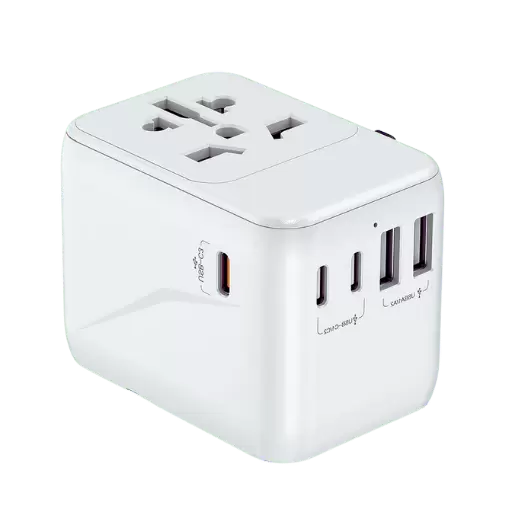
What are the skills and knowledge required for DIY electrical work?
There are certain things that you should know how to do in DIY electrical work, especially if it involves installing a 230-volt outlet:
- Understanding Electrical Codes – This means being familiar with both local and national codes so as to comply with them.
- Basic Electrical Theory – Understanding what makes up an electric circuit such as voltage, current and resistance.
- Safety Procedures – Knowing safety measures like using appropriate protective gears or switching off power supply where necessary to prevent accidents or injuries.
- Tools Proficiency – I have skills in working with wire strippers and multimeters, among other electrical tools.
- Circuitry Knowledge – Being able to differentiate between single-phase and three-phase systems among other types of circuits, plus identifying them when encountered during work.
- Wiring Techniques – Skills on how best wires should be connected for reliability and safety purposes.
Always seek help from a certified electrician if unsure about any part of the job for better outcomes.
What are the advantages and disadvantages of do-it-yourself installations?
Pros:
- Cost-effectiveness: It does away with the need to engage in professional services that can be quite expensive.
- Convenience: Enables you to work at your own pace within a chosen time frame.
- Acquisition of Skills: Deepens one’s understanding and proficiency in electrical tasks.
Cons:
- Endangerment of Safety: Possible occurrence of electric shock or fire if done improperly.
- Violation of Codes: Chance not to abide by local and federal standards regarding electricity usage.
- Insurance Implications: Completion without a license may render insurance policies null and void.
- Dependability Over Time: There is a higher likelihood of faults or failures, which may necessitate expensive repairs.
When is the most appropriate time to engage a professional electrician?
- Complexity: If the electrical systems are complicated and extensive.
- Safety Concerns: When there is a high risk of electric shock or fire outbreak.
- Code Compliance: To abide by the local and national electrical regulations as required by law.
- Insurance Requirements: If your insurance policy states that you must hire an authorized person.
- Reliability: To ensure that everything works well for a long period without any hitches.
Troubleshooting Typical 230v Outlet Problems

What do I do if the 230v power outlet is not working?
There could be many causes for a non-working 230v power outlet. Initially, check whether any circuit breakers have been tripped; reset where needed. Another possible reason is loose wires or damaged parts within the outlet itself. The presence of power can be confirmed with the help of a multimeter which is used to test for voltage at outlets too. Additionally, try running an appliance on another socket to verify if it works fine or not. If this doesn’t work either, then it may require professional electrician services who will conduct more comprehensive troubleshooting.
How can you fix common problems such as tripped circuit breakers?
- Find out what caused it: Check if there are any overloaded outlets or appliances on this circuit.
- Disconnect loads: Unplug all devices connected to this circuit.
- Reset the breaker: Switch off and then on again a tripped breaker.
- Reconnect devices: Plug in one device at a time until you find the one that trips the breaker again.
- Get professional help: If your breaker keeps tripping, contact a licensed electrician for further investigation.
When do I need to change a faulty 230-volt outlet?
It is necessary to replace a faulty 230-volt outlet when any of the following are seen:
- Physical Damage: cracks, fractures, or burn marks on an opening.
- Loose Connections: points out disconnected from the wall or which have wires that are loosely connected.
- Frequent Tripping: despite no apparent overload, the circuit breaker trips frequently while using it.
- No Voltage Readout: Outlet is not delivering power as confirmed when tested with a multimeter which shows zero volts presence.
- Sparking or Burning Smell – Sparking during plug insertion or persistent burning smell coming from an opening.
If you notice any of these signs, then you should immediately change your socket for safety reasons and to keep it working in good condition.
Reference Sources

Air conditioning
Voltage
Volt
Frequently Asked Questions (FAQs)
Q: What is the difference between a 220v and a 240v electrical outlet?
A: In North America, people often use the terms 220v and 240v interchangeably. By and large, they are referring to the same kind of electric outlet which operates between 220 volts and 240 volts.
Q: How do I wire a 230-volt power outlet?
A: When wiring a 230 volt power outlet, generally you would connect three wires – one hot wire, one neutral wire, and one ground wire. Make sure to shut off the main power supply and consult with an electrician for safety reasons.
Q: Can I use a 240v appliance in a 220v electrical outlet?
A: Yes, you can use a 240v appliance in a 220v electrical outlet since they are compatible. The difference is not much and does not usually affect its performance.
Q: What type of plug is required for a 240-volt dryer?
A: A NEMA 14-30 plug (a four-prong plug designed for use with a 30-ampere capacity at voltage levels about or equal to two hundred forty volts) is typically required for use with most dryers operating on two hundred forty volts.
Q: Is a two-pole breaker necessary for a 240v receptacle?
A: To deliver power correctly to any given two hundred forty-volt receptacles, it must be connected to both poles of its corresponding circuit breaker, meaning that yes, indeed, two-pole breakers are necessary as this ensures electrical load balancing across all conductors, thereby enhancing safety during usage.
Q: How do I know a 240v receptacle when I see one?
A: It is often the case that a 240-volt receptacle has an appearance that sets it apart from the standard 120-volt outlet. This kind of plug typically has three or four prongs and a shape different than one designed for lower voltage use, as these are made to fit appliances which require more power.
Q: Is setting up a 230-volt electrical socket safe enough for me to do myself?
A: A person who possesses some skill with home improvement projects may choose to take on the task of installing a 230 volt electrical socket personally but it would be better if you hired an electrician. High levels of voltage can be extremely dangerous; professional installation guarantees that local codes are adhered to in every case.
Q: Can a 220v outlet run a 240v air conditioner?
A: Yes. Most 240v air conditioners will accept power from a 220v outlet because they are built this way on purpose. The difference in volts is usually within tolerances allowed by the device itself.
Q: What amp ratings are common among 240v appliances?
A: Amp ratings for devices operating at this higher level of voltage vary widely depending on their intended use. For example, smaller tools might have ratings around twenty while dryers and stoves need closer to thirty; welders could need fifty or more.
Q: What factors should I keep in mind when buying new duplex electrical receptacles?
A: If you’re looking to purchase additional duplex outlets, consider whether or not they will work with your current wiring setup as well as what kind of devices may end up being plugged into them frequently — also think about getting certified products only!
Post Views: 12,911






